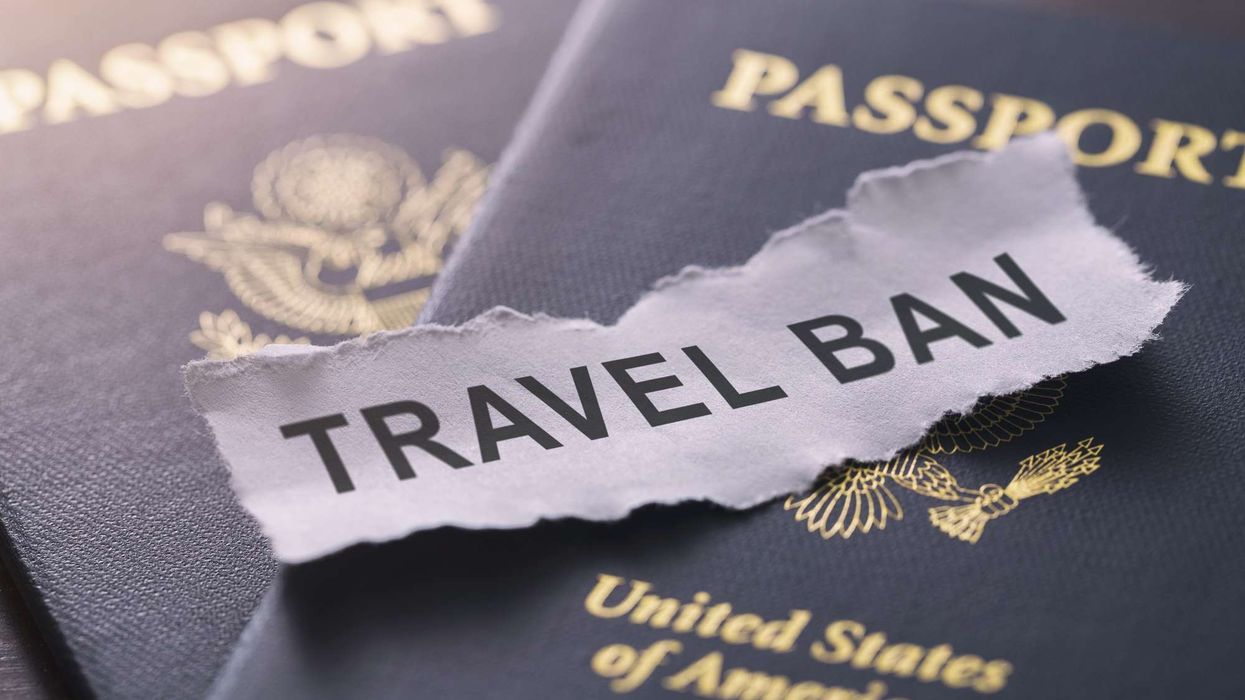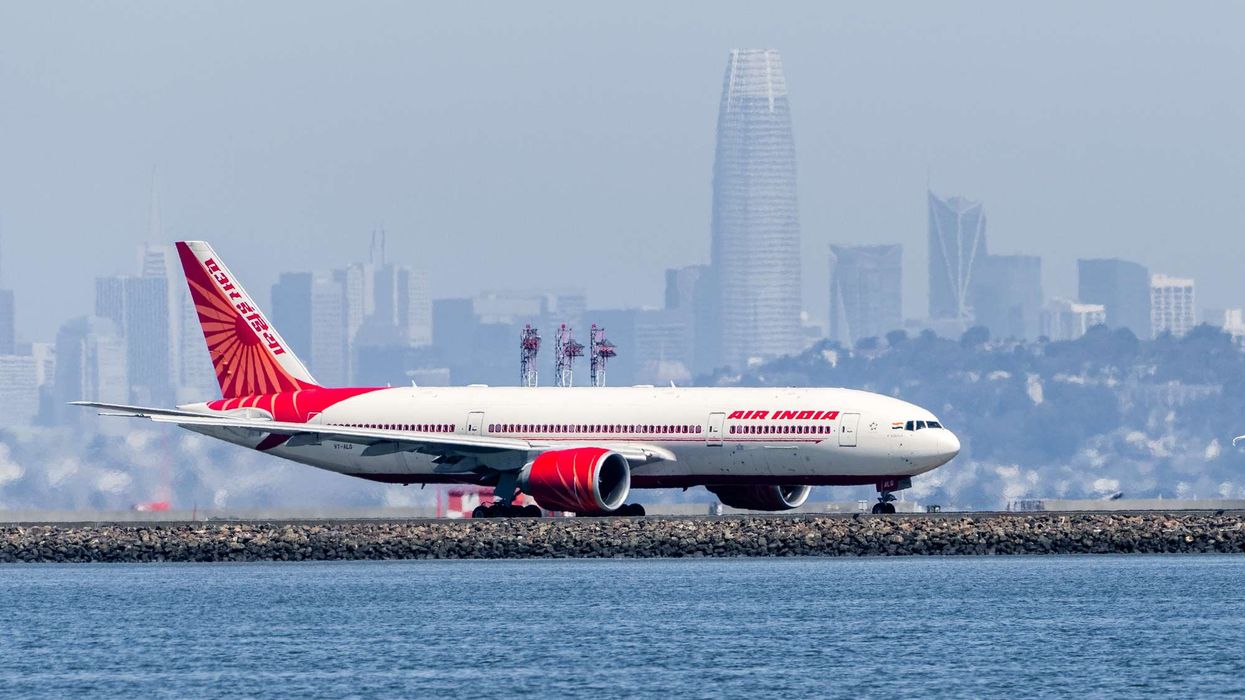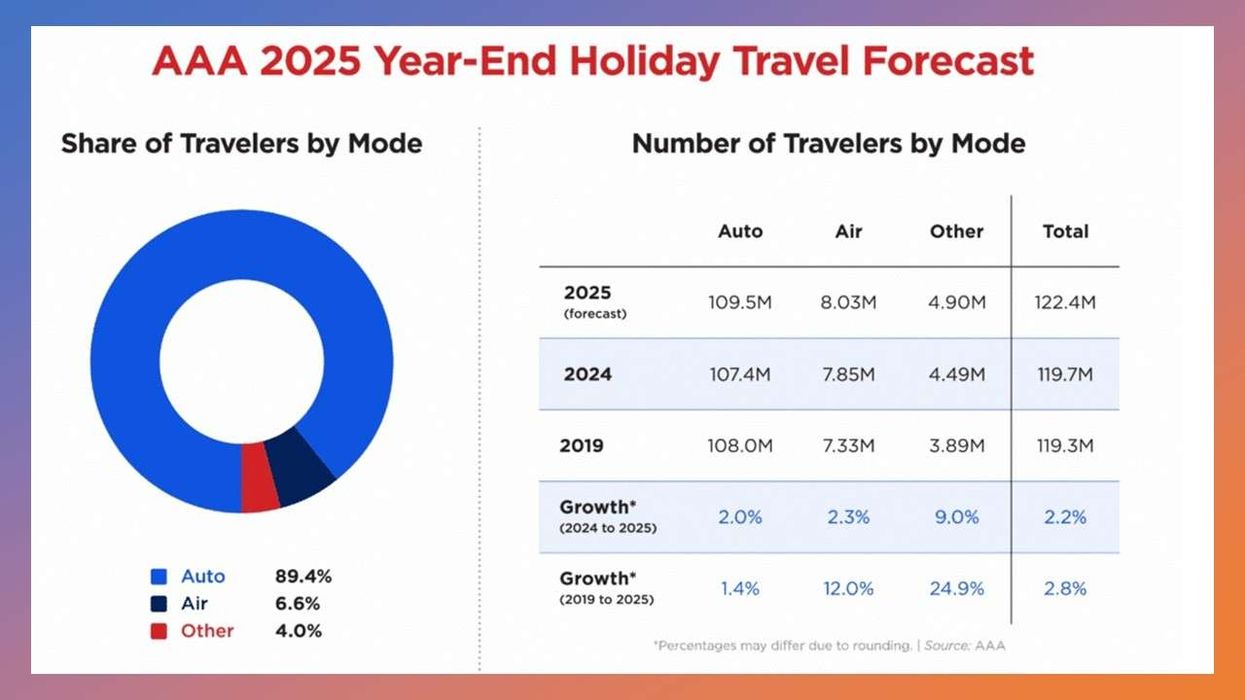THE U.S. HOTEL construction pipeline continued to grow in the third quarter, up 7 percent year-over-year by projects and rooms, according to Lodging Econometrics(LE). The growth was moderate, with current project count 3 percent below and rooms 14 percent below the all-time high of 5,883 projects and 785,547 rooms reached in the second quarter of 2008.
There were a total of 5,704 projects and 672,676 rooms in the construction pipeline by the end of the quarter, according to LE’s Construction Pipeline Trend Report for the U.S. That’s up from 5,572 projects with 660,061 rooms at the end of the second quarter.
There were 1,063 projects with 140,331 rooms under construction at the close of the third quarter, an increase of 8 percent by projects and 4 percent by rooms YOY. Projects scheduled to start construction in the next 12 months stand at 2,234 projects with 257,729 rooms, up 8 percent YOY by projects and 9 percent by rooms. Projects and rooms in the early planning stage each increased 7 percent to stand at 2,407 projects with 274,616 rooms, just 27 projects and 5,296 rooms shy of the all-time high.
“Analysts at LE report that the upper midscale chain scale has the largest project count of all chain scales in the total U.S. construction pipeline, accounting for 38 percent of the projects and standing at 2,149 projects and 209,895 rooms at the third quarter’s close,” LE said in a statement. “Following is the upscale chain scale with 1,376 projects with 170,943 rooms at the close of the quarter. Together, these two chain scales comprise 62 percent of all projects and 57 percent of the rooms in the total U.S. hotel construction pipeline.”
Also, 2,176 project and 223,518 rooms in the pipeline are extended stay projects, making up 38 percent of projects in the total pipeline. Middle tier extended-stay brands make up the majority of projects in the segment for the quarter, accounting for 63 percent of projects in the total extended stay pipeline and 24 percent of projects in the total U.S. pipeline.
Conversions hit the highest counts ever recorded by LE, ending the quarter at 1,100 projects with 146,757 rooms. Combined, the renovation and conversion active pipeline accounts for 1,912 projects and 285,568 rooms, a peak total room count at the end of the quarter, and LE analysts expect this trend to continue over the next two years.
“Through the third quarter, 345 new hotels with 41,115 rooms opened in the U.S. with another 182 hotels with 24,790 rooms anticipated to open by the end of the year,” the research firm said. “LE analysts forecast a total of 527 new hotels with 65,905 rooms to open in 2023, representing a 1.2 percent increase in new hotel supply. LE analysts expect new hotel openings to increase in 2024 and 2025, representing a 1.4 percent and 1.5 percent supply increase, respectively.”













